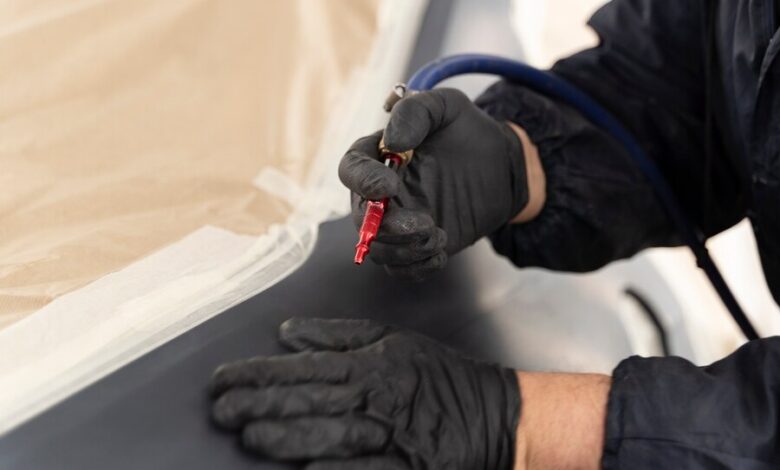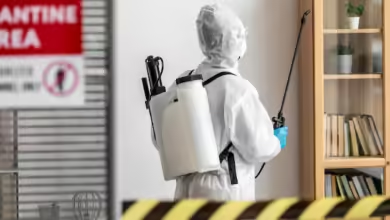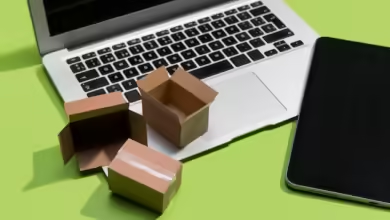All About Polyurea Roof 4K Photo

Polyurea roofing is quickly becoming a preferred solution in the world of roofing materials, prized for its durability, resilience, and adaptability to different environments. With the addition of 4K photo technology, roofing professionals, inspectors, and even property owners can now appreciate the intricate details of polyurea roof installations and maintenance. In this guide, we’ll explore everything about polyurea roofs, 4K photo insights, and why this material is making waves in the roofing industry.
What is Polyurea Roofing?
Polyurea is a protective coating and waterproofing solution created through a chemical reaction of an isocyanate with an amine resin. This reaction results in an extremely resilient and durable coating that has found a prominent place in various industries, including construction, infrastructure, and, of course, roofing.
History of Polyurea
Polyurea’s development began in the 1980s, initially designed for applications in protective coatings and linings in heavy industries. Over the years, manufacturers recognized its versatility and began adapting it to roofing and construction needs, especially for its superior weather resistance and waterproof qualities. Today, polyurea is known for its quick curing time, which makes it a favorite choice for projects that need fast turnarounds without sacrificing durability.
Characteristics of Polyurea Material
Polyurea stands out due to its combination of elasticity, resilience, and waterproof capabilities. Unlike traditional materials, polyurea does not crack under pressure, withstands extreme temperatures, and provides a seamless application, preventing weak points where water might seep through.
Advantages of Using Polyurea for Roofing
Choosing polyurea for your roof can bring numerous benefits, especially if you live in an area prone to extreme weather conditions. Here are some top advantages.
Weather Resistance
Polyurea coatings are designed to withstand various weather elements, including UV rays, rain, wind, and snow. It doesn’t degrade under prolonged sun exposure, meaning it maintains its color, texture, and performance year after year. Unlike traditional materials that may fade or crack over time, polyurea remains resilient, making it a fantastic choice for regions with harsh climates.
Waterproofing Benefits
One of polyurea’s greatest strengths is its ability to create a waterproof barrier, effectively preventing leaks and moisture buildup in the roof structure. This makes it especially beneficial for flat roofs, where water drainage can be a challenge. Polyurea’s waterproof quality not only protects the interior but also enhances the longevity of the entire roofing system.
Longevity and Low Maintenance
Polyurea roofs are incredibly low maintenance, requiring only occasional inspections and minimal repairs. With proper care, a polyurea coating can last upwards of 20-30 years, providing exceptional value for the initial investment.
The Polyurea Roof 4K Photo Experience
The use of 4K photography in roofing assessments and marketing allows for an unmatched view of polyurea roof installations. The sharpness and detail captured in 4K make it easy to spot imperfections, damage, or areas that may need further inspection.
Why 4K Photos Are Useful for Roofing
4K imagery offers an incredible level of detail, allowing inspectors and property owners to see even the smallest issues, such as cracks or surface inconsistencies. This clarity helps in creating precise maintenance plans and documentation, helping property managers save time and money on potential repairs.
How to Capture a Polyurea Roof in 4K
To take effective 4K photos of a polyurea roof, you’ll need a high-quality 4K camera or a smartphone equipped with a 4K feature, along with proper lighting. Shooting on a clear day is ideal for the most accurate representation of the roof’s color and texture. Angles also matter; capturing the roof from multiple vantage points can highlight different details and improve inspection accuracy.
Installation Process for Polyurea Roofing
Installing a polyurea roof involves several critical steps, each ensuring the coating bonds effectively with the roof surface and provides long-term protection.
Surface Preparation
Before applying the polyurea coating, the roof must be thoroughly cleaned and free of debris, oils, or loose materials. Proper cleaning ensures the polyurea adheres to the roof without bubbles or weak spots.
Application Methods
Polyurea can be applied using spray or roller methods, depending on the surface and the desired finish. Spray application offers a seamless, uniform coating ideal for large or irregularly shaped roofs, while rollers are often used for touch-ups or small sections.
Cost Considerations
When planning a polyurea roofing project, understanding the cost factors involved will help you budget accordingly.
Factors Affecting Price
The cost of polyurea roofing varies based on several factors, such as roof size, labor, and material quality. Generally, polyurea roofing may be more expensive initially compared to traditional materials, but its longevity and low maintenance offset the initial cost over time.
Cost Comparison with Other Roof Materials
Compared to EPDM or TPO, polyurea has a higher upfront cost but surpasses both in terms of durability and maintenance. Traditional materials may need frequent repairs and may not be as resilient against extreme weather, while polyurea’s longevity makes it a cost-effective option in the long run.
Polyurea Roofing for Different Roof Types
Polyurea roofing works well for both flat and sloped roofs, each offering unique benefits.
Flat Roofs
Polyurea’s waterproof nature makes it ideal for flat roofs, which are more prone to water pooling and leaks. By applying a seamless polyurea layer, you can create a waterproof barrier that prevents moisture from seeping into the building structure.
Sloped Roofs
For sloped roofs, polyurea adapts well, covering edges and ensuring water flows down naturally without pooling. Its flexibility allows it to mold to the roof’s shape, ensuring even coverage across all angles and planes.
Environmental Impact
Polyurea roofing contributes positively to environmental sustainability by reducing waste, requiring minimal replacements, and providing energy-efficient benefits.
Sustainability and Polyurea
Since polyurea roofs have an extended lifespan, they contribute to waste reduction by reducing the need for frequent replacements. Some manufacturers also use eco-friendly components in their polyurea products, adding another layer of environmental consideration.
Energy Efficiency Benefits
Polyurea coatings can reflect UV rays, keeping buildings cooler in warmer months, which can reduce air conditioning costs. This quality makes polyurea roofs an energy-efficient choice, adding to their appeal as a green building material.
Maintenance and Care Tips
While polyurea roofs are low-maintenance, a few routine steps can help keep them in optimal condition.
Routine Inspections
It’s essential to inspect the roof at least once or twice a year to check for any signs of wear or damage. Regular inspections allow you to catch minor issues before they become costly repairs.
Cleaning and Minor Repairs
Cleaning a polyurea roof is easy; gentle washing with water is usually enough to keep it looking new. In cases of minor damage, repairs are typically straightforward and can often be completed with minimal materials.
Choosing a Polyurea Roofing Contractor
Selecting the right contractor is crucial for a successful polyurea roofing installation.
What to Look For in a Contractor
Seek out contractors with experience in polyurea applications, as well as certifications or affiliations with reputable roofing organizations. Quality contractors often provide warranties on their work, ensuring you receive long-term value.
Questions to Ask Before Hiring
Before finalizing a contractor, ask about their project timelines, warranty options, and if they carry insurance. Knowing these details will help you make an informed decision and set expectations for your roofing project.
Frequently Asked Questions
- Is polyurea suitable for all roof types?
- Yes, polyurea can be applied to various roof types, including flat and sloped roofs.
- How long does a polyurea roof coating last?
- With proper maintenance, a polyurea roof can last 20-30 years.
- Can I apply polyurea to my roof myself?
- While possible, professional installation is recommended for the best results.
- What maintenance does a polyurea roof need?
- Routine inspections and light cleaning are generally enough to keep it in top condition.
- How does polyurea compare to polyurethane?
- Polyurea is often more flexible and durable than polyurethane, especially in extreme weather.
- How much does a polyurea roof coating cost?
- Prices vary depending on roof size and installation requirements, but the initial cost can be offset by its longevity.
- Also Read: Mastering ConnectWise PSA Company Search Alias: A Comprehensive Guide to Streamline Your Searches



